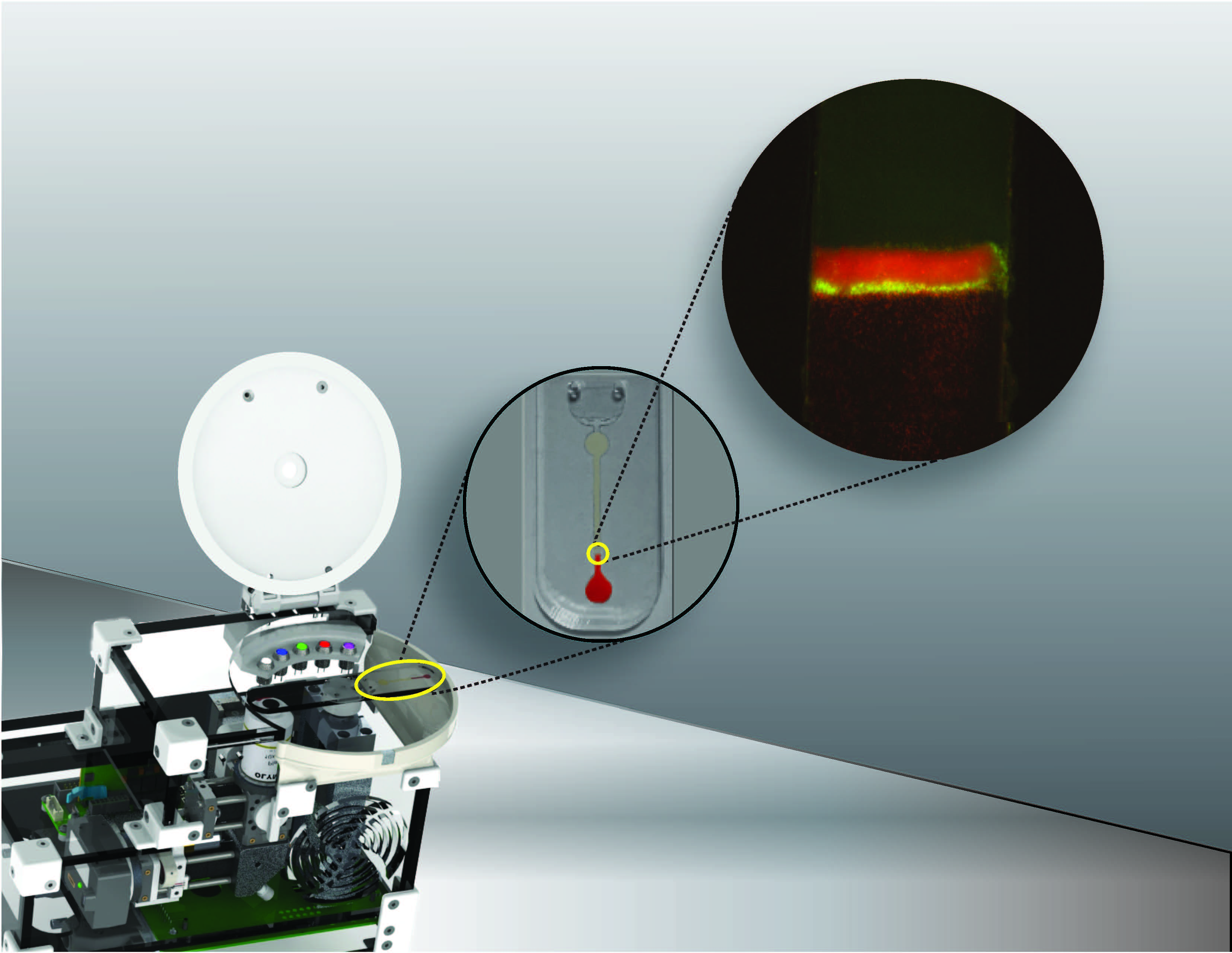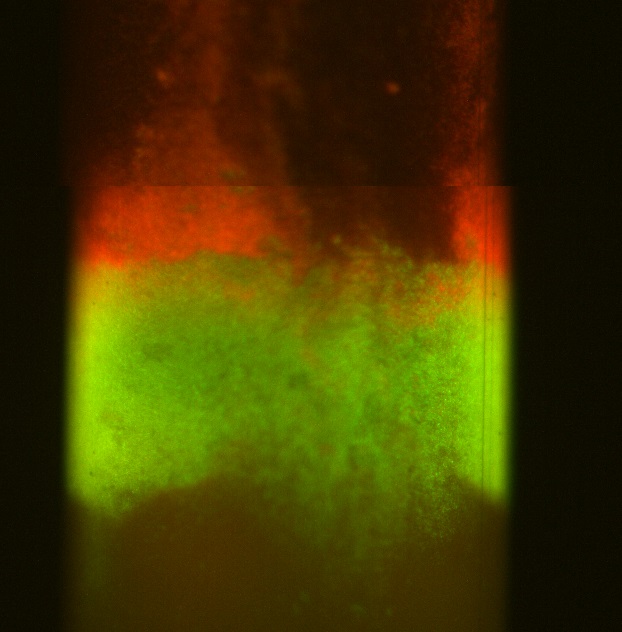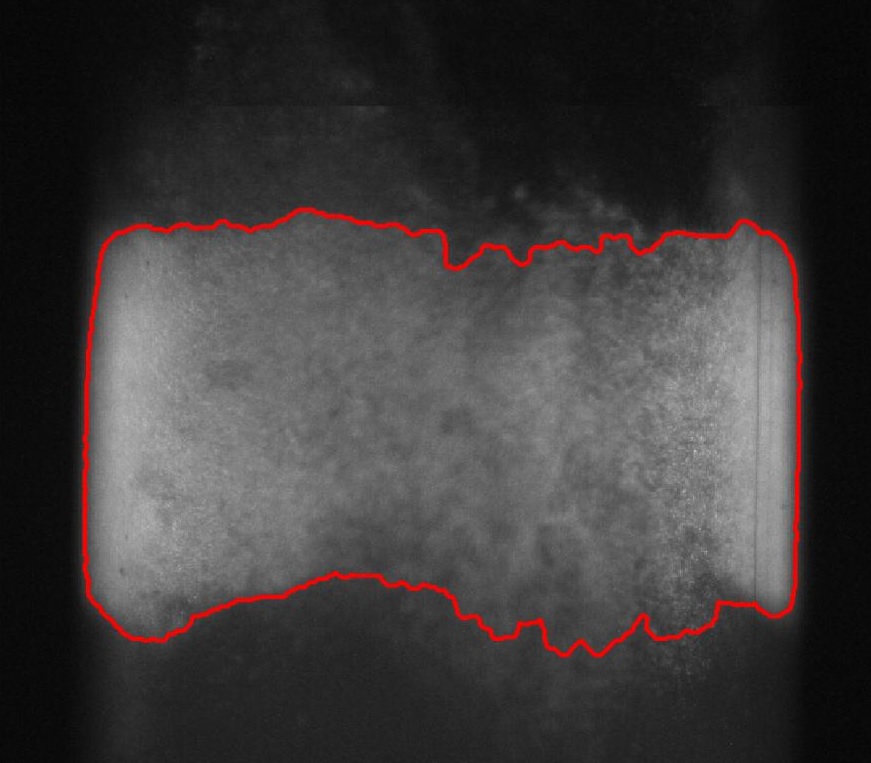
Point-of-care Blood Analysis
Blood testing is the most common medical routine performed in the world and in many ways, forms the cornerstone of modern medicine. In the United States, blood tests influence 80% of medical decisions made in hospital and primary care settings. However, diagnostic results are generated almost exclusively in centralized labs from large-volume blood samples. This approach requires the transport of samples to a centralized facility and highly trained personnel to run the analyses on bench-top instruments, resulting in long turnaround times on the order of hours to days.
Point-of-care testing has shown the potential to reduce turnaround times and expedite the clinical decision making process.4 Yet despite the commercialization of a wide range of analyzers, these devices are used for less than 10% of all blood tests.5 One limitation with these devices is that they only perform a narrow set of assays. However, oftentimes diagnostic tests are nearly always ordered in combination with other panels. In order to perform these tests, multiple instruments and blood samples would be required. This lack of integration with different assays is a major drawback for current systems.
Our team at Rutgers is developing a portable analyzer using centrifugal microfluidics and fluorescence microscopy for the detection of cells, chemistries, and proteins on one disc. Much of the work so far, as seen in the figures above, has focused on the detection of white blood cells---a ubiquitous assay when diagnosing the common flu or bacterial infection.





